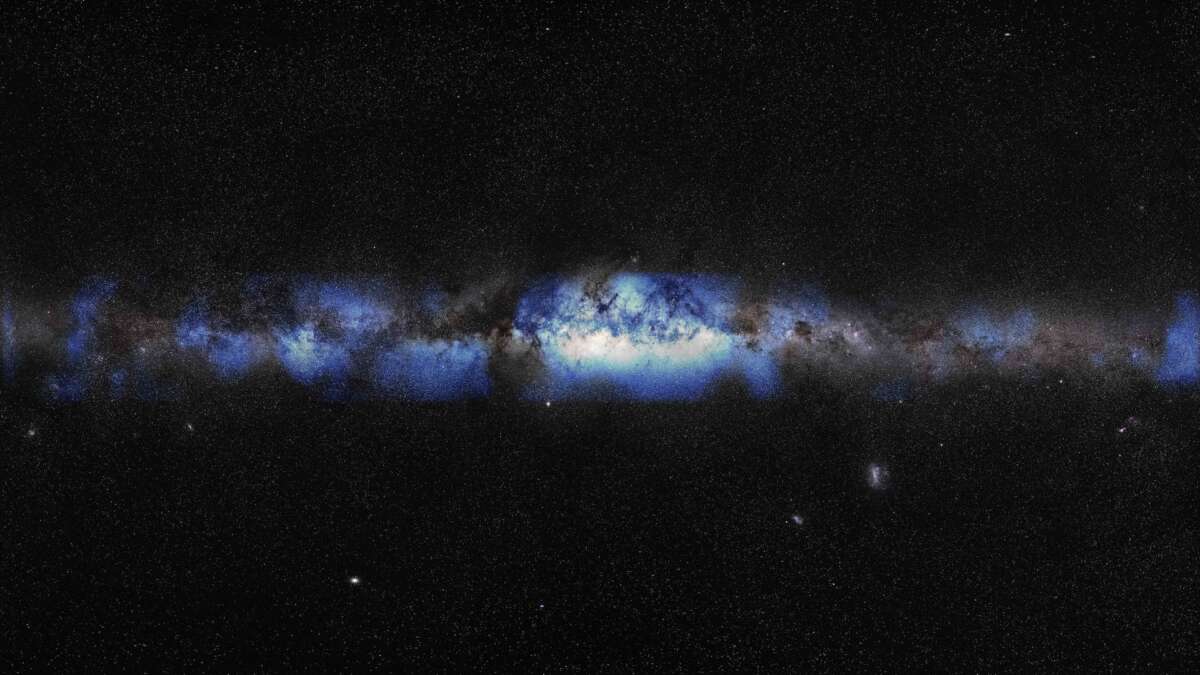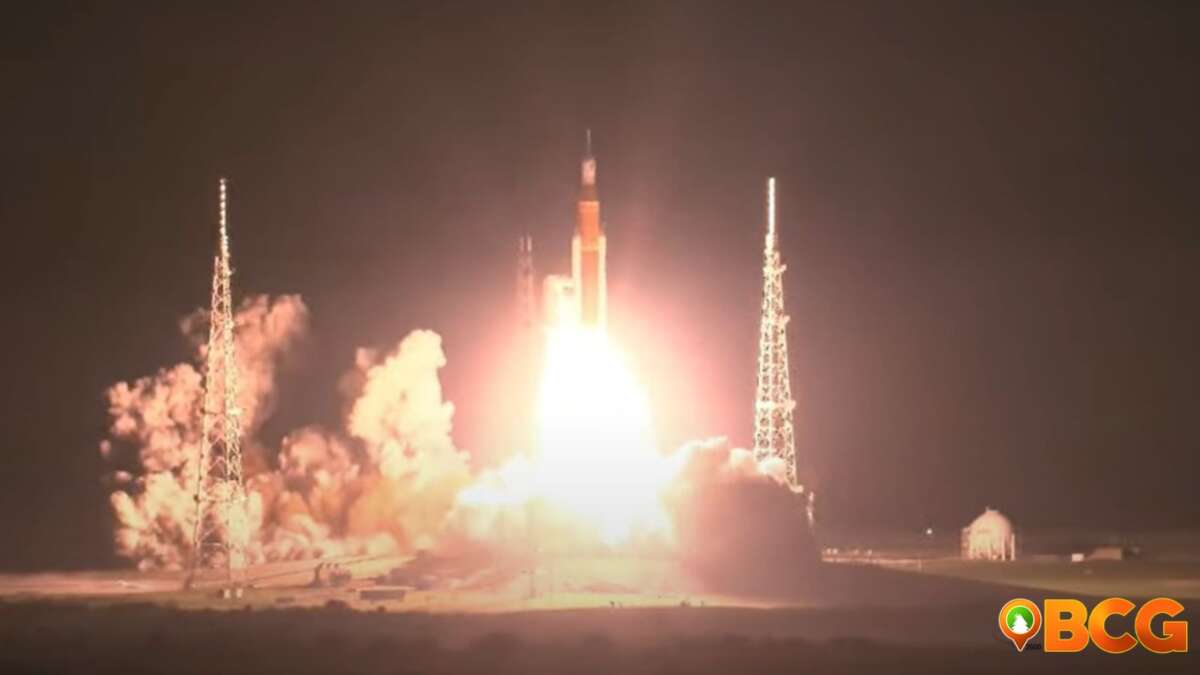Our Galaxy Holds at Least 300 Million Potentially Habitable Planets, NASA Reveals
Scientists from the National Aeronautics and Space Administration (NASA) who worked on the Kepler mission, together with collaborators from around the world, have authored a recently released study about potentially habitable planets in our galaxy.
Wondering how many exoplanets, the planet beyond our solar system, could harbor life? Well, NASA is now a step closer to finding an answer.
Data from NASA’s retired planet-hunting mission, the Kepler space telescope, were utilized for this study. The Kepler space telescope retired in 2018 after it ran out of fuel. Nine years of observations from the telescope revealed that there are billions of planets in our galaxy.
Based on NASA’s new research, about half the stars similar in temperature to our Sun could have a rocky planet capable of supporting liquid water on its surface. “Our galaxy holds at least an estimated 300 million of these potentially habitable worlds,” revealed by NASA.
“Kepler already told us there were billions of planets, but now we know a good chunk of those planets might be rocky and habitable. Though this result is far from a final value, and water on a planet’s surface is only one of many factors to support life, it’s extremely exciting that we calculated these worlds are this common with such high confidence and precision.”
– Steve Bryson, a researcher at NASA’s Ames Research Center in California’s Silicon Valley, lead author of the study
The research team looked at exoplanets between a radius of 0.5 and 1.5 times that of Earth’s, narrowing in on planets that are most likely rocky. They also focused on stars similar to our Sun in age and temperature.
“Previous estimates of the frequency of such planets ignored the relationship between the star’s temperature and the kinds of light given off by the star and absorbed by the planet,” NASA explained. “The new analysis accounts for these relationships, and provides a more complete understanding of whether or not a given planet might be capable of supporting liquid water, and potentially life.”
Information about the amount of energy that falls on a planet from its host star based on a star’s flux has been provided by the European Space Agency’s Gaia mission. Because of this, the researchers have approached their analysis acknowledging the diversity of the stars and solar systems in our galaxy.
“Though the exact effect is still being researched, a planet’s atmosphere figures into how much light is needed to allow liquid water on a planet’s surface as well. Using a conservative estimate of the atmosphere’s effect, the researchers estimated an occurrence rate of about 50% — that is, about half of Sun-like stars have rocky planets capable of hosting liquid water on their surfaces.”
– NASA, October 29, 2020
About the Study
The study about this discovery is called the “The Occurrence of Rocky Habitable Zone Planets Around Solar-Like Stars from Kepler Data”. Submitted on October 28, 2020, it is current it is available on arXiv. The research will be also be published in The Astronomical Journal.
For More News and Updates
Looking for more news and updates like this one? Feel free to explore our Baguio City Guide website and our official Baguio City Guide Facebook page to catch the latest news and updates.
Source: Science Alert, NASA, arXiv| Cornell University













